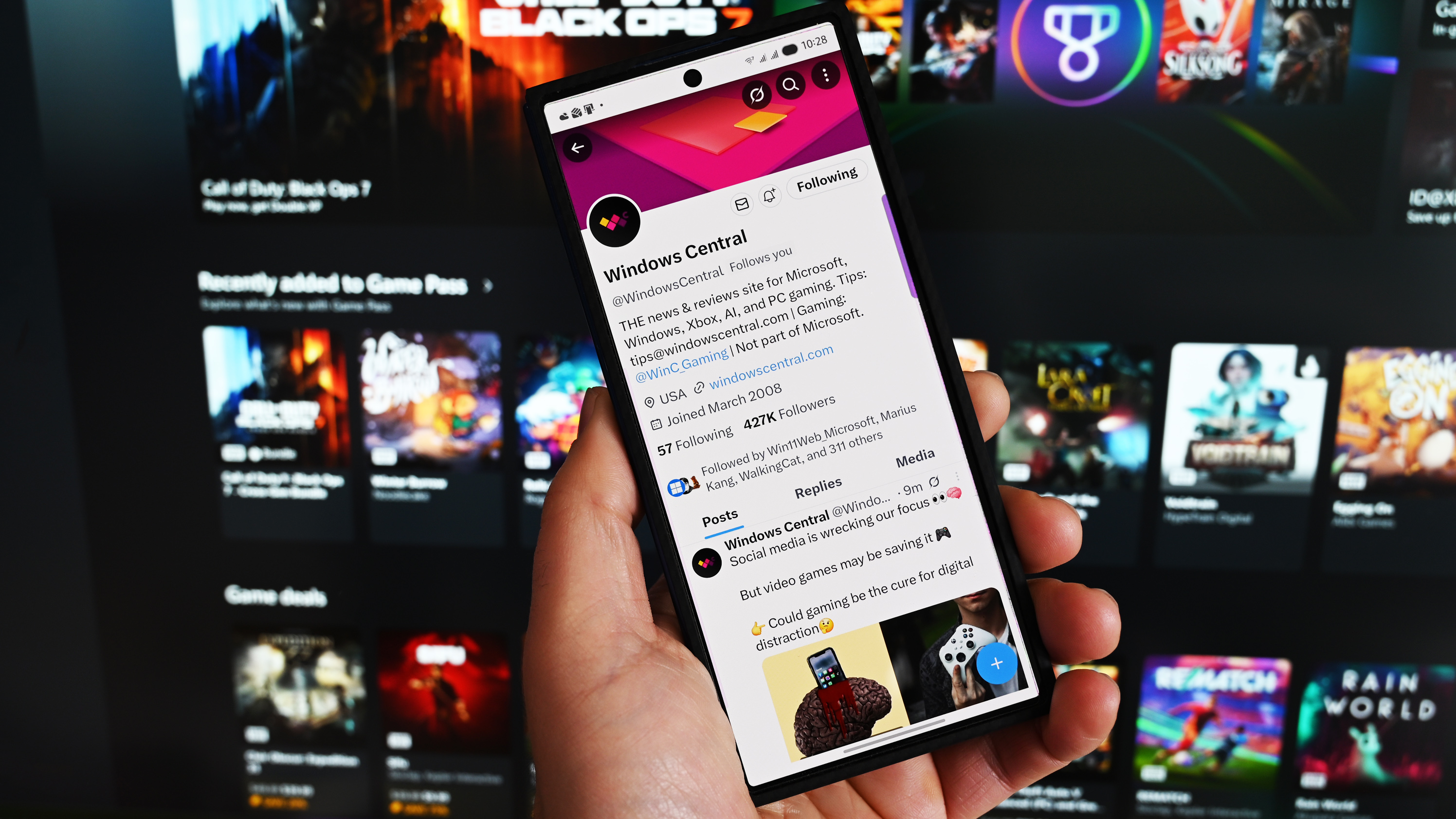Nokia's CTO on changing the Windows Phone UI: Why would you?

Ever since the Nokia-Microsoft partnership was announced and Nokia CEO's Elop mentioned that this was a "special relationship" where Nokia had the right to manipulate the UI and go deeper on the phone than other OEMs, developers, users and analysts had been concerned with what that would mean to the Windows Phone ecosystem in terms of "build once, build for all".
On Wednesday in Barcelona, Nokia's Chief Technology Officer, Rich Greene, made a surprise appearance at the "Windows Phone Day" seminar for developers. After some softball questions from Matthew Bencke, General Manager Windows Phone, we in the audience had a few moments to ask Greene basically anything. Of course, the UI question came up and his answer is very telling: Nokia has little interest in wrecking the "build once, build for all" ecosystem and there are many more areas where they can innovate rather than "moving tiles around". Below is his full response from the session:
We certainly do, in the context of this agreement, have the right to manipulate the UX, the UI, etc. but...I'm not speaking for the plan, I'm speaking as the Chief Technology Officer: Why would you?Let me clarify. There are so many places to innovate, it is critically important to provide the greatest opportunity for you the developer, you build once and everybody gets it, when you create more and more variance it becomes a hindrance. We also want customers to move between devices, preferably towards Nokia devices, but move between devices and not to hinder that in any fashion. The hardware and additional services we can offer will bring people to us, but if there are unfamiliar with a different environment, there may be a barrier to that, so why do it?The other issue is would I rather invest our resources in building really cool augmented reality applications or move tiles around? It just doesn't make sense. We're going to invest much more of our time, as we should have over the years, building on the platform as opposed to building in the platform. There's unlimited amounts of opportunity to differentiate and innovate in these things.
There's some more after the break...
Certainly a measured and focused response, alleviating, in our opinion, most people's concerns in this area. So what kinds of services? Augmented reality was one, the other is a big focus on geo-location, taking advantage of Nokia's vast resources and superior mapping abilities. To wit, Matthew Bencke (GM of Windows Phone) said during the same session "over time" we will see::
...fantastic geo-powered experiences. I can imagine a geopowered hub...for geoinformed activities
Yes, he was referring to the Windows Phone Hubs: Music, People, Games, Office...and now Geolocation. That additional hub, if it comes to be, is exactly the kind of thing many consumers have expressed interest in, so to us, this all sounds great.
We certainly do, in the context of this agreement, have the right to manipulate the UX, the UI, etc. but...I'm not speaking
for the plan, I'm speaking as the Chief Technology Officer: Why would you? Let me clarify. There are so many places to
All the latest news, reviews, and guides for Windows and Xbox diehards.
innovate, it is critically immportant to provide the greatest opportunity for you the developer, you build once and
everybody gets it, when you create more and more variance it becomes a hinderence. We also want customers to move between
devices, preferably towards Nokia devices, but move between devices and not to hinder that in any fashion. The hardware and
additional servies we can offer will bring people to us, but if there are unfamilar with a different environment, there may
be a barrier to that, so why do it?
The other issue is would I rather invest our resources in building really cool augmented reality applications or move tiles
around? It just doesn't make sense. We're going to invest much more of our time, as we should have over the years, building
on the platform as opposed to building in the platform. There's unlimited amounts of opportunity to differentiate and
innovate in these things.
We certainly do, in the context of this agreement, have the right to manipulate the UX, the UI, etc. but...I'm not speaking for the plan, I'm speaking as the Chief Technology Officer: Why would you?
Let me clarify. There are so many places to innovate, it is critically important to provide the greatest opportunity for you the developer, you build once and everybody gets it, when you create more and more variance it becomes a hindrance. We also want customers to move between devices, preferably towards Nokia devices, but move between devices and not to hinder that in any fashion. The hardware and additional services we can offer will bring people to us, but if they are unfamiliar with a different environment, there may be a barrier to that, so why do it?
The other issue is would I rather invest our resources in building really cool augmented reality applications or move tiles around? It just doesn't make sense. We're going to invest much more of our time, as we should have over the years, building on the platform as opposed to building in the platform. There's unlimited amounts of opportunity to differentiate and innovate in these things.

Daniel Rubino is the Editor-in-chief of Windows Central. He is also the head reviewer, podcast co-host, and analyst. He has been covering Microsoft since 2007 when this site was called WMExperts (and later Windows Phone Central). His interests include Windows, laptops, next-gen computing, and wearable tech. He has reviewed laptops for over 10 years and is particularly fond of 2-in-1 convertibles, Arm64 processors, new form factors, and thin-and-light PCs. Before all this tech stuff, he worked on a Ph.D. in linguistics, performed polysomnographs in NYC, and was a motion-picture operator for 17 years.
